[ad_1]
It sometimes happens that you paid for an online purchase with your credit card, and the product never arrived, or the product arrived but is not as expected. In such a situation, have you faced a scenario wherein the merchant is not cooperating for a refund? You need not worry and can file a chargeback with your credit card issuing bank. If your claim is legitimate, the bank will reverse the transaction. In this article, we will understand what a credit card chargeback is, the scenarios for filing it, and the steps for it.
What is a credit card chargeback?
A credit card chargeback is a process of a customer disputing a transaction in their account against a merchant, and seeking a reversal of it. For example, Paresh ordered headphones from a merchant. When the product arrived, Paresh realised that they were not working properly. However, the merchant refused to take the headphones back and issue a refund.
Paresh filed a chargeback with his credit card issuing bank. The bank was satisfied with Paresh’s claim and reversed the transaction. Thus, a chargeback is a powerful protection tool in the hands of credit cardholders against the merchants for legitimate cases where the merchant is not cooperating.
Situations for filing a chargeback
There are various situations where a credit card customer may be required to file a chargeback with the card issuing bank. Some of these include the following.
- An unauthorised or fraudulent transaction has happened on the credit card without the cardholder’s consent.
- The cardholder has paid for a product or service but has not received it.
- The cardholder has not received the product or service as requested. Some items may be missing, or the quality is not as expected, or the wrong item(s) has been sent.
- The amount billed is wrong, or has been billed twice
- The cardholder has cancelled a subscription, but they have still been billed for it
- The cardholder has returned a product but has not received a refund for it
- The cardholder doesn’t recognise a transaction appearing in the credit card account
Parties involved in a chargeback
Before we understand the chargeback process, let us understand the parties involved in it. These include:
Credit cardholder: It is the person holding the credit card, i.e. you
Merchant:The business owner that sold you the goods or services
Issuer bank: The bank that has issued the credit card to you, i.e. your bank. Some of the well-known credit card issuers in India include HDFC Bank, Axis Bank, ICICI Bank, American Express, SBI Cards, etc.
Acquirer bank: The bank that collects the payments on behalf of the merchant
Payment gateway: The party through whom the credit card payment was made for the disputed transaction. In India, some of the well-known payment gateways include Razorpay, Cashfree, etc.
Card network/association: The network on which the credit card has been issued. Some of the well-known card networks in India include Visa, Mastercard, Rupay, American Express, Diners, etc.
Process of raising a chargeback with the bank
If the dispute is regarding a product or service you ordered with a merchant, you should first raise it directly with the merchant. The merchant may agree to give a replacement or a refund. Taking up the matter directly with the merchant can help you resolve it quickly. If the merchant disputes your request, you may raise a chargeback request with your bank.
Let us now look at the process of raising a chargeback with the bank.
- Contact the credit card issuer bank’s customer care and raise a request for a chargeback. Some banks may take the chargeback request on a call or email, while others require you to fill out a specific chargeback form.
- While raising the chargeback request, you must share all the requisite information with the issuer bank. It may include a copy of the invoice, dispute relating to communication with the merchant, etc. If the issuer bank accepts your chargeback request for an investigation, it will issue you a temporary credit for the chargeback amount. It means, for the time being, you will not be required to pay the disputed amount till the issuer bank completes its investigation.
- The issuer bank will pass on the information to the acquirer bank. The acquirer bank will contact the merchant regarding the chargeback. The merchant may accept or contest the claim.
- If the merchant accepts the claim, the acquirer bank will debit the merchant’s bank account, and the money will be transferred to the customer. If the merchant contests the claim, they will submit a rebuttal letter along with the requisite details for rejecting the customer’s claim.
- The merchant’s response details will be shared with the credit card issuer’s bank. The issuer bank will then decide on the customer’s chargeback request. If the issuer bank rejects the chargeback, the temporary credit provided to the customer will be reversed. The customer will then have to pay the chargeback amount in the monthly bill.
It is important to note that the customer must file the chargeback request with the issuer bank within a specified number of days (usually 60 days) of the credit card statement. Once the chargeback request is filed, the entire investigation may take four to eight weeks to complete.
If there are frequent chargebacks against a merchant, it reflects badly on their reputation. Frequent chargebacks can raise suspicion against the merchant. The acquirer bank may penalise the merchant or even terminate their account if frequent chargebacks go against it.
Chargeback is a powerful customer protection tool
While paying for online transactions, the customer has various payment modes. Some of these include credit cards, debit cards, internet banking, UPI, wallets, gift vouchers, cash on delivery, etc. When the customer uses any payment mode other than cards, and if there is a dispute with the merchant, the customer has to resolve it with the merchant directly.
However, when the payment is made using a card, the customer can file a chargeback with the bank if the merchant is not cooperating. Thus, a chargeback is a powerful protection tool that customers can use to safeguard themselves.
Gopal Gidwani is a freelance personal finance content writer with 15+ years of experience. He can be reached at LinkedIn.
Catch all the Instant Personal Loan, Business Loan, Business News, Money news, Breaking News Events and Latest News Updates on Live Mint. Download The Mint News App to get Daily Market Updates.
MoreLess
[ad_2]
Source link
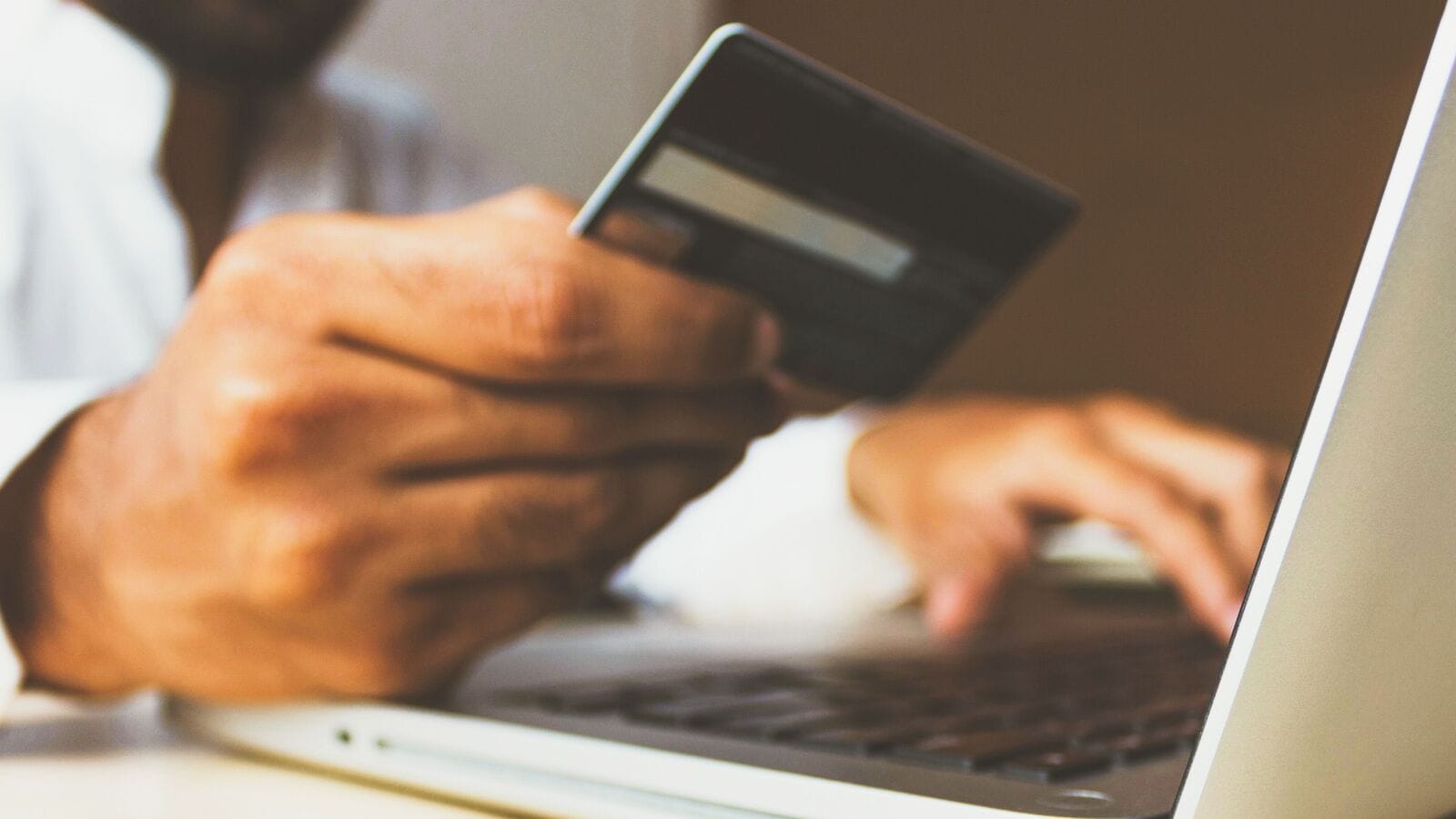
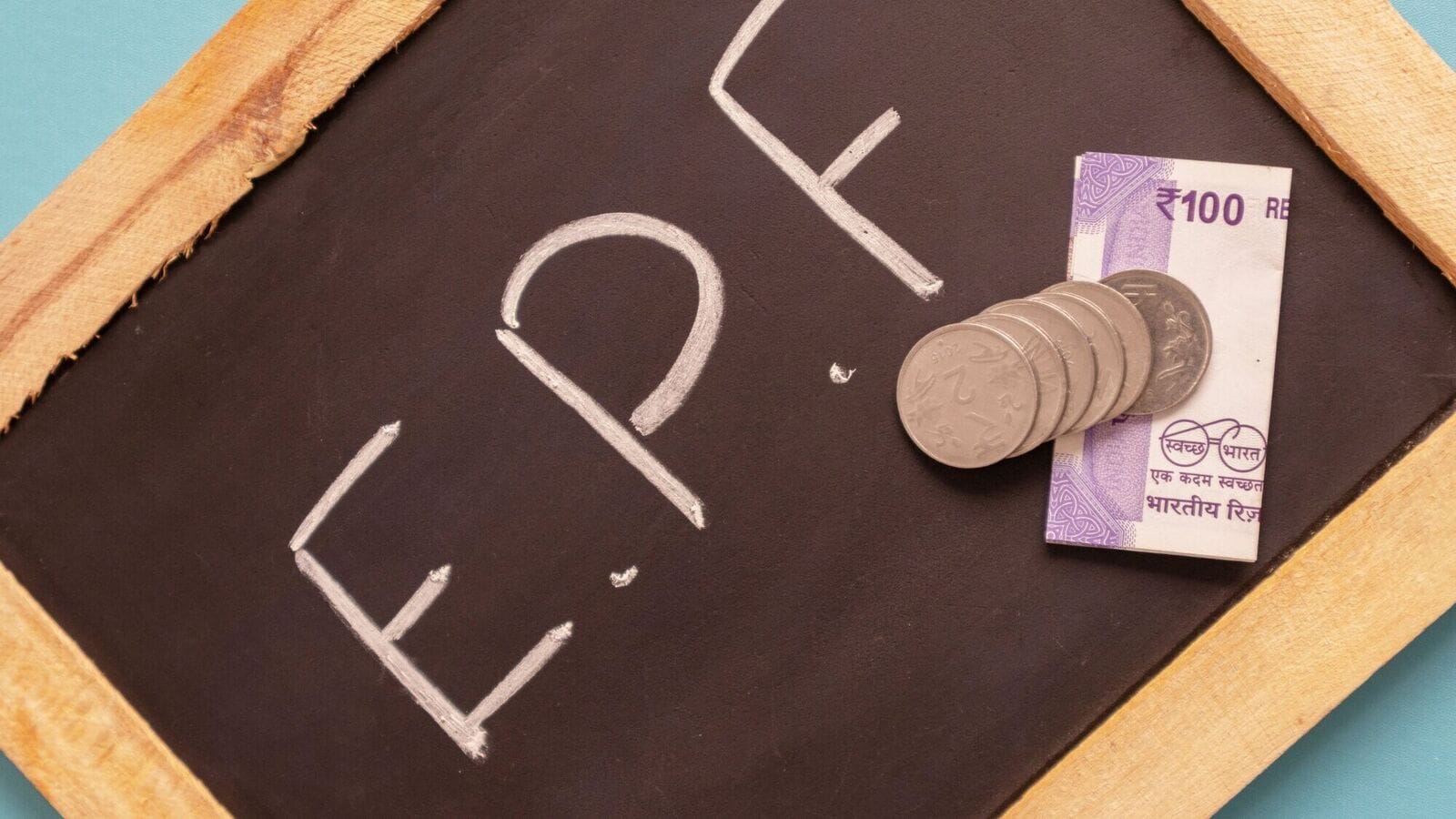
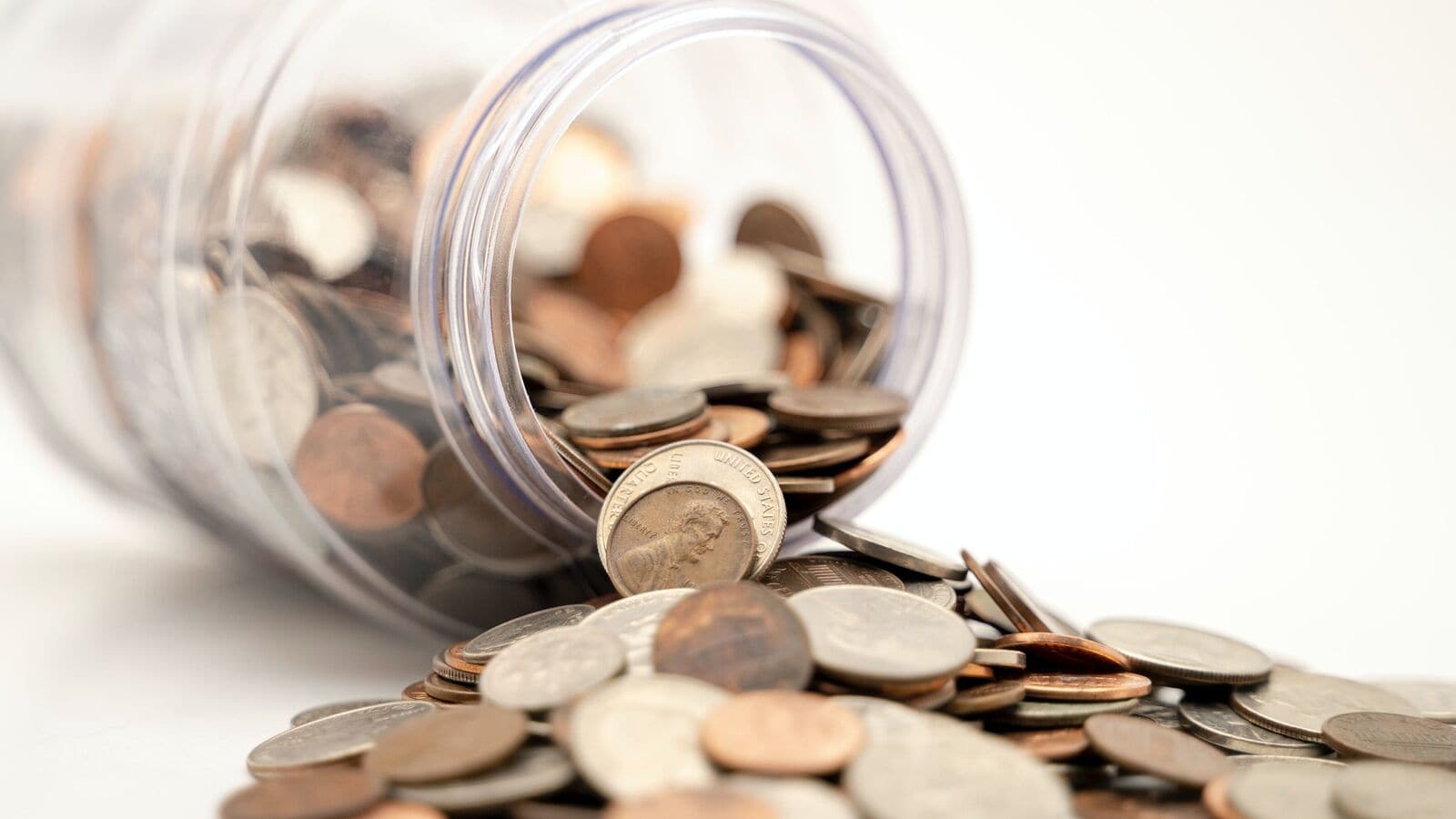


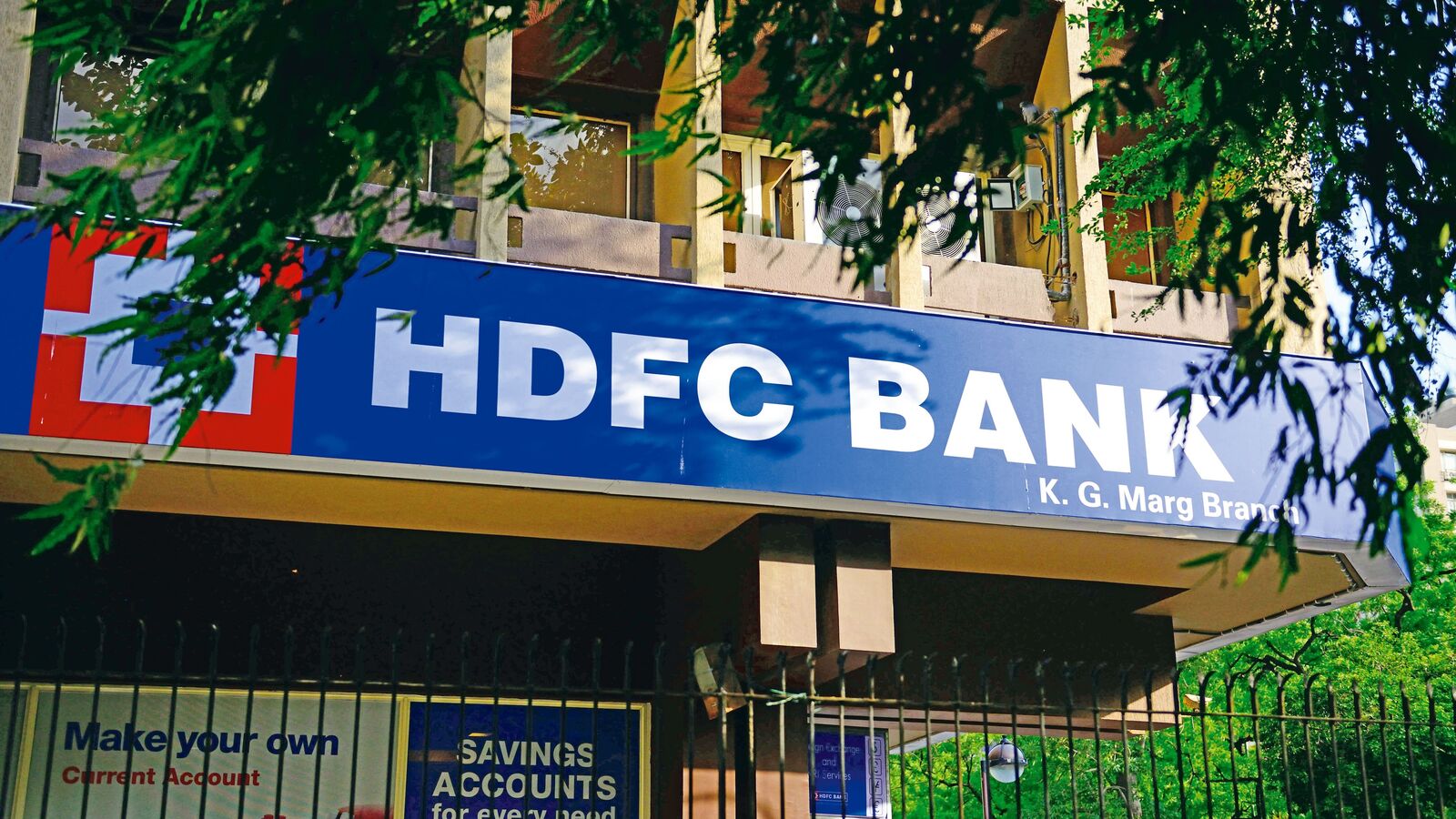
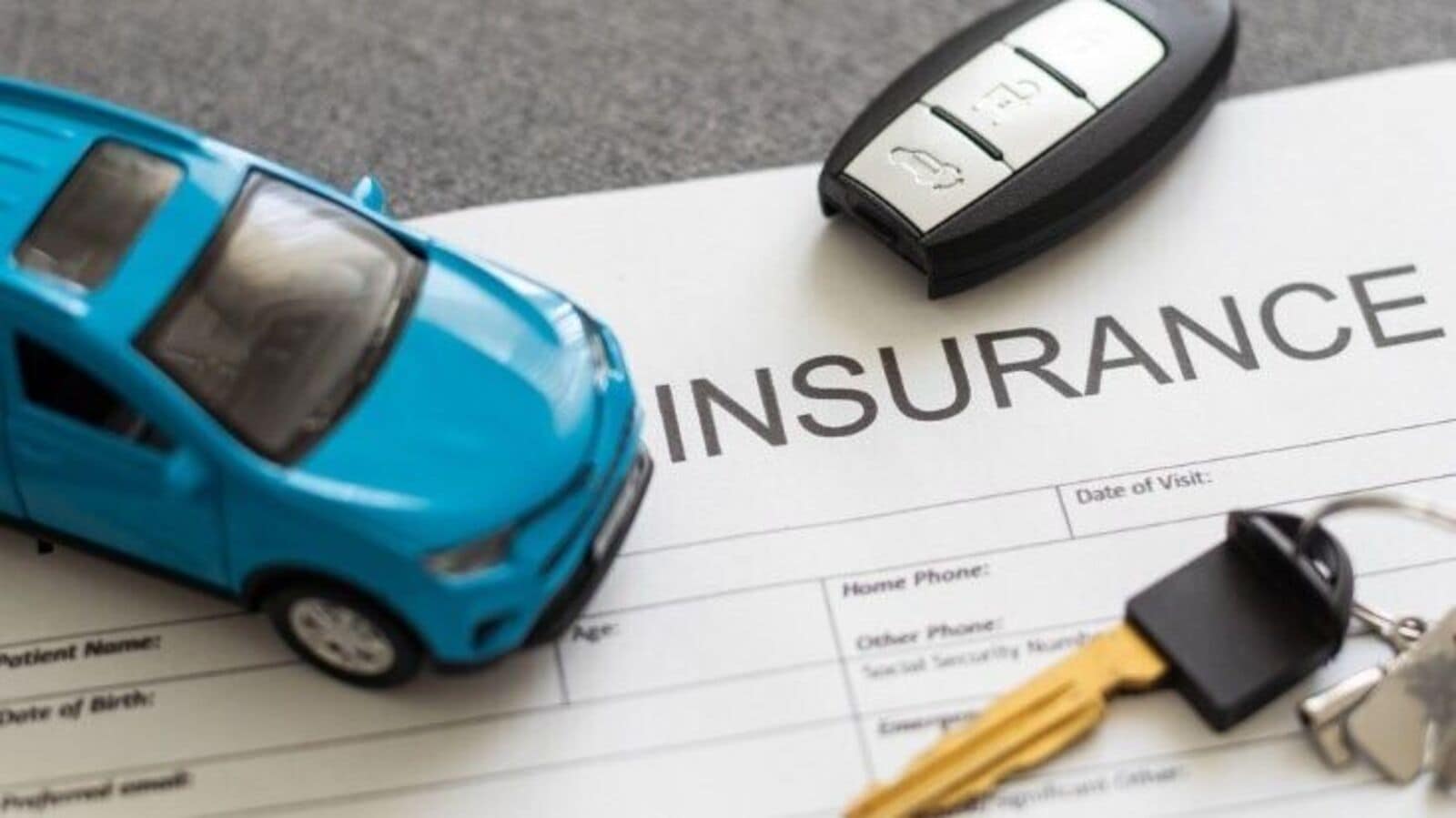



Leave a Reply